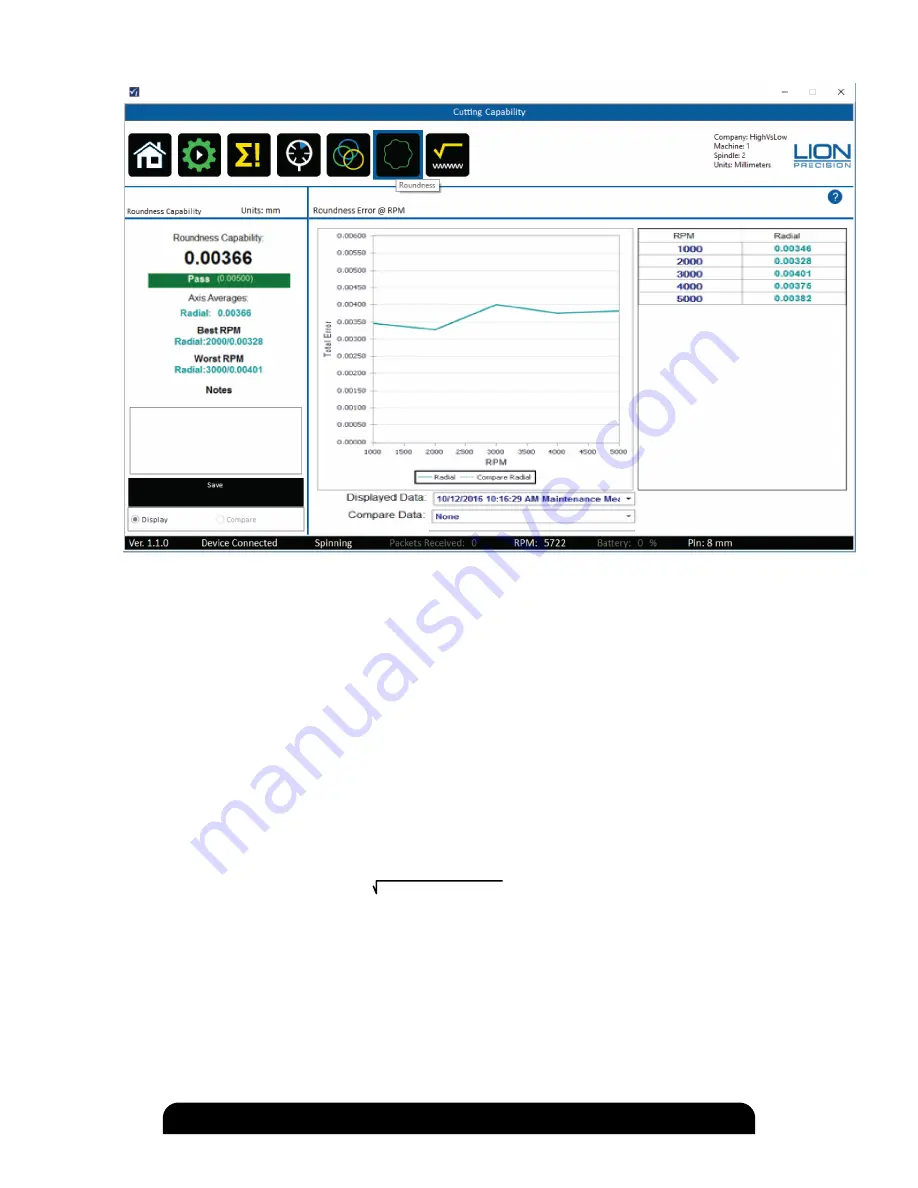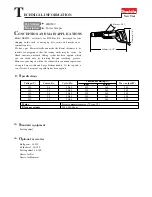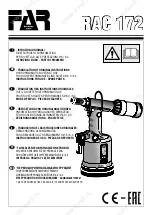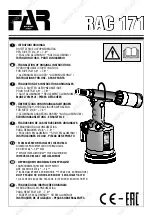
www.lionprecision.com/two-year-warranty/
Document No. M017-7500.004
39
Oakdale, MN, USA www.lionprecision.com 651-484-6544
Roughness
Related Standards:
▪
ASME: B89-3-4, A-7.3
▪
Turning: ISO 230-7, 5.5; ASME B5.57, 7.5.3
▪
Milling: ISO 230-7, 5.4; ASME B5.54, 7.5.3; ASME B5.57, 7.6.4
Description:
Surface Roughness Capability is based on measurements of the “asynchronous” error motions of
the spindle. According to ASME B89.3.4 (and similar standards), “asynchronous error motion is
the portion of total error motion that occurs at frequencies other than integer multiples of the
rotation frequency.” These are caused by machine vibrations and imperfections in the spindle’s
roller bearing components.
The Axis Averages are the average across all spindle speeds for each axis.
The Combined Roughness Capability for the machine is the square root of the sum of squares of
the individual Roughness values: Radial² + Axial². Note that the Combined value is always
larger than any individual value.
Purpose:
Surface roughness is the result of a very complex relationship of many factors. One of them is
the asynchronous error motions of the spindle (B89-3-4; A-7.3). In ideal cutting conditions with
a single-point tool the Surface Roughness Capability would be a reasonable prediction of the
surface roughness (Ra) of the finished surface. But cutting conditions are never ideal and multi-
point tools are in use much more often.
The Surface Roughness Capability provides a comparison between machines for roughness
performance, and it provides a potential best-case limit to what roughness the machine is
capable, as well as indicating which spindle speeds offer the best and worst performance.












































